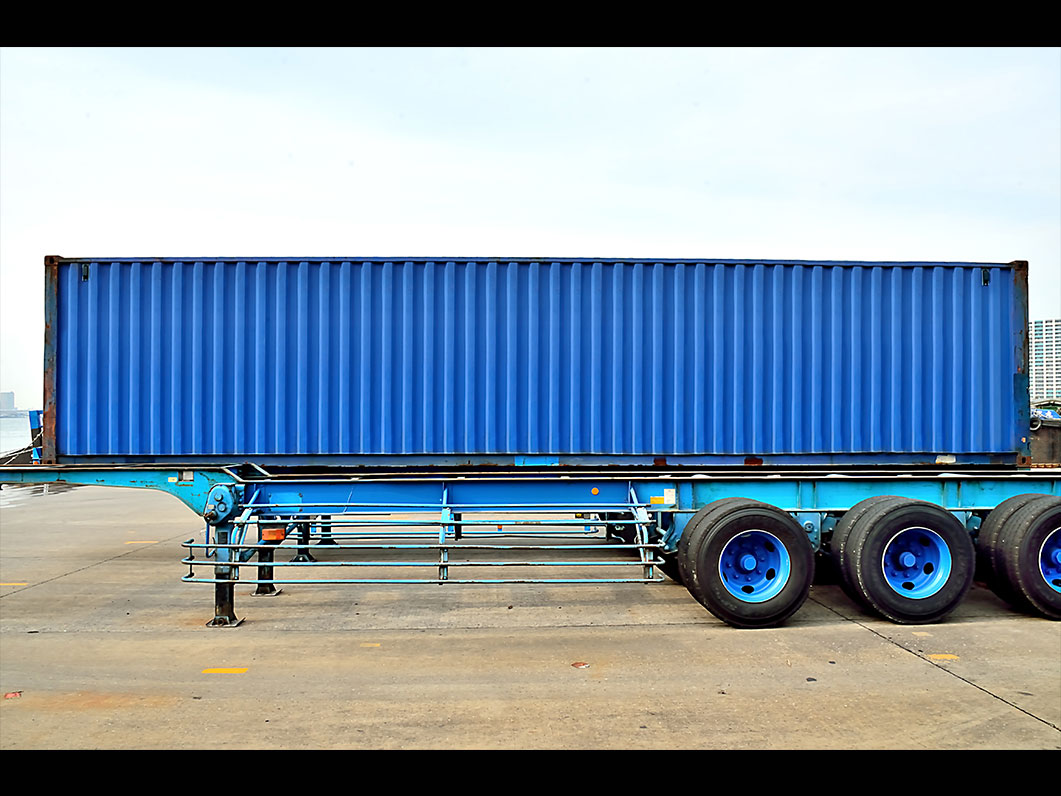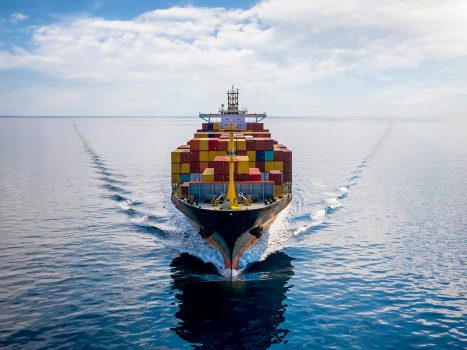There’s an interesting piece online called “Chassis constraints create ‘unprecedented’ situation at ports: TRAC Intermodal” that was first published at supplychaindive.com on June 22 at https://www.supplychaindive.com
The story notes that “TRAC Intermodal is waiting nearly three times as long for truckers to return chassis as it did before the pandemic,” citing James Segata, vice president of strategy. It goes on to say that the company has “grown its Oakland chassis fleet by about 2 percent YoY as it faces persistently low supply at the TraPac port terminal and around the country following record imports and Trump-era tariffs, COO Val Noel said.”
And it goes on to say that even more chassis “will be required if return times don’t improve,” quoting Segata, “You’re going to need at least double the amount of fleet you have if you’re going to have consistent tripling of the street dwell time.”
Some of the reasons for not getting chassis returned on time “can be outside a trucker’s control, such as when they are waiting to load or unload at warehouses or outside port terminals,” the story notes. “And Oakland isn’t alone in its struggles with chassis availability — or truckers taking two or three times longer than typical to return them.”
Segata is further quoted as saying, “It’s a phenomenon that we are seeing across all markets. Some are obviously a little worse than others.”
Supplychaindive notes, “The recent supply crunch has prompted TRAC to focus on refurbishing, upgrading and repairing unused chassis to raise its fleet utilization rate to as close to 100 percent as possible.
“TRAC, which has about 180,000 chassis across the country, has invested more than $1 billion in its fleet over the past decade, Segata said. In March, the company touted an investment in domestic manufacturing, inking deals with LB Steel to build chassis frames and Integrated Industries to blast, paint and install components at a facility in Dixmoor, IL.”
TRAC COO Noel is quoted as saying, “While we would like to be able to feel good about the fact that we put so many more chassis into the marketplace through our refurb and upgrade programs and the limited new builds we’ve added, they’re getting consumed on the street three times longer than what they historically have been.”
And, Supplychaindive add, “It hasn’t helped that American chassis manufacturers have been slow to ramp up to fill the need.”
It says that limited chassis availability “has been challenging supply chains on both U.S. coasts. Constraints prompted the closure of the TraPac chassis pit at the Port of Oakland in the past month, and led Southeastern ports and ocean carriers to recommend that the South Atlantic Chassis Pool be centralized under a single company.”
Noel says, “We really haven’t caught our breath now for almost two years. It’s unprecedented.” And the story says, “TraPac’s Oakland chassis pit has reopened, but the terminal operator is requiring truckers to bring their own chassisamid ongoing low supply.”



